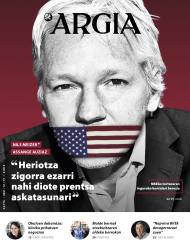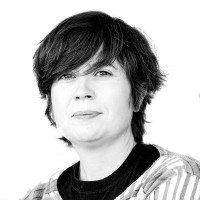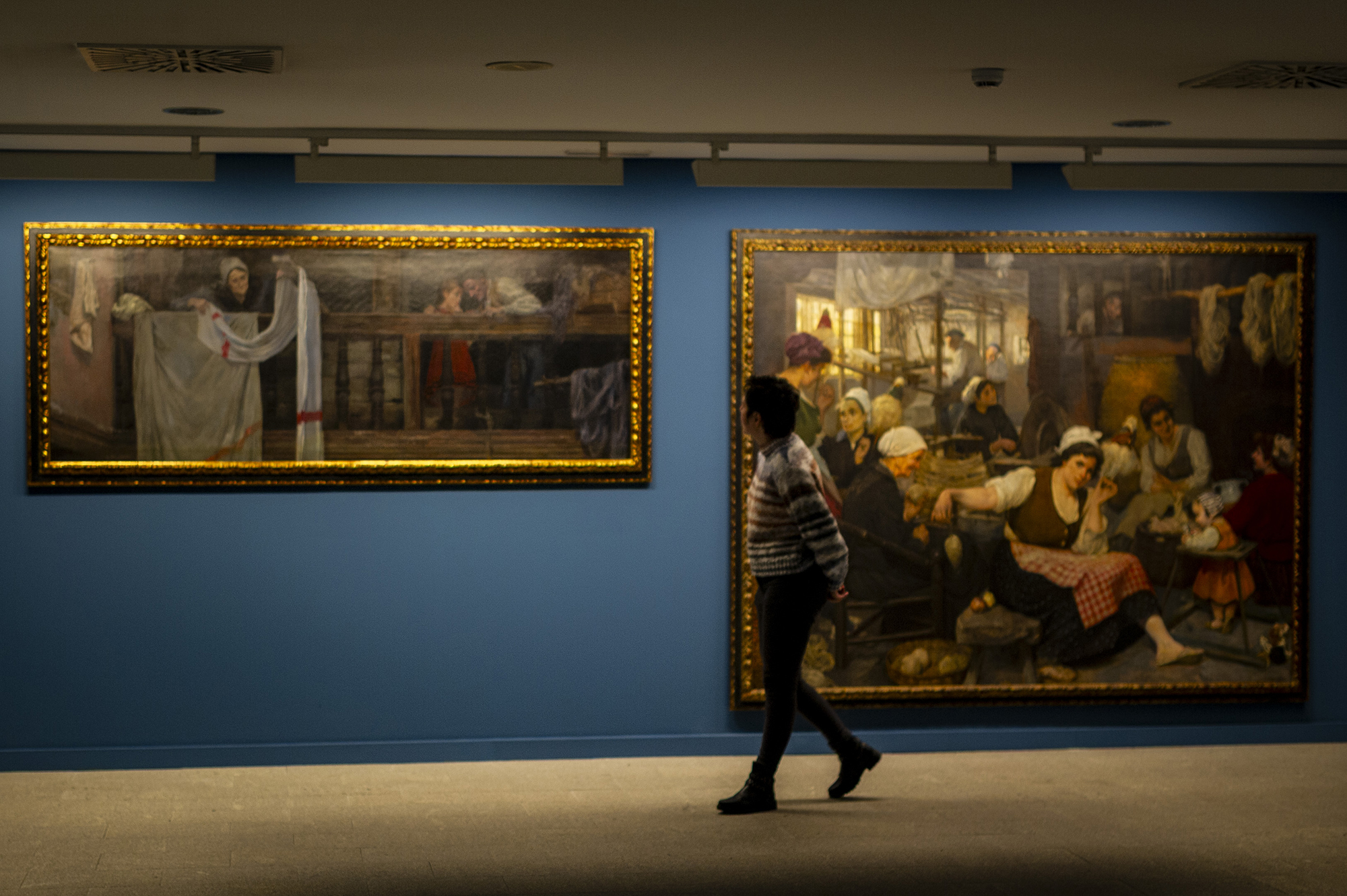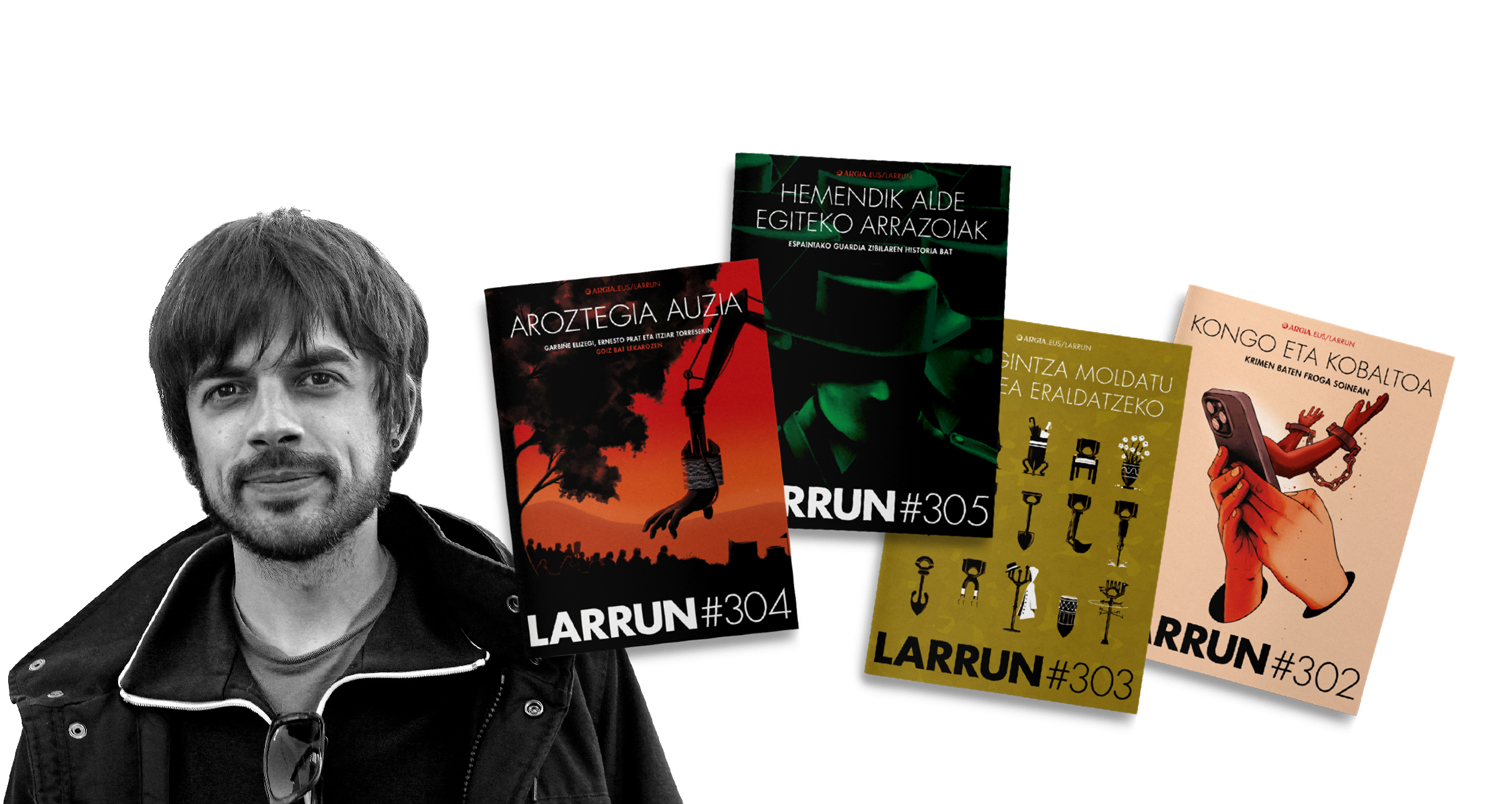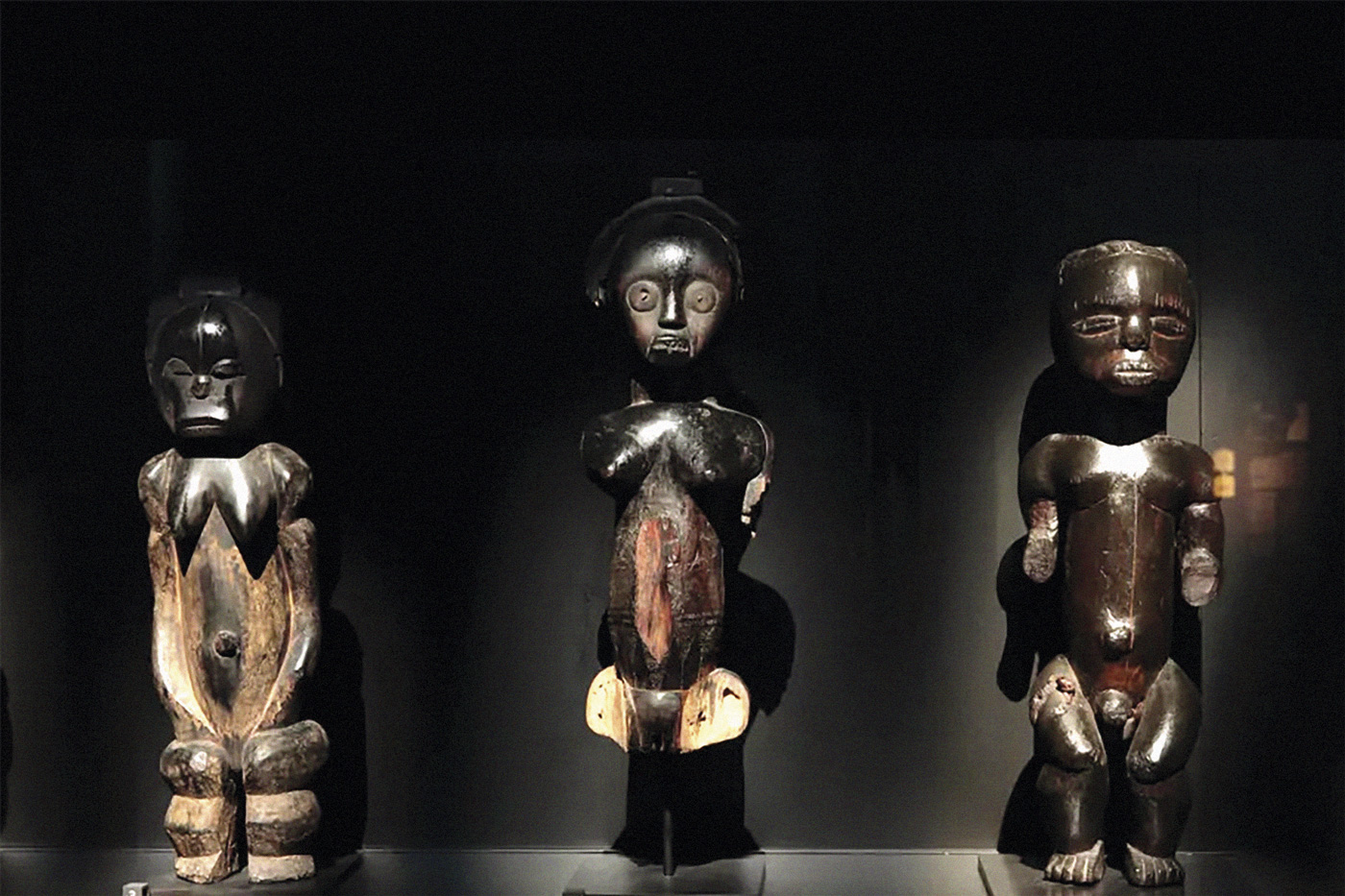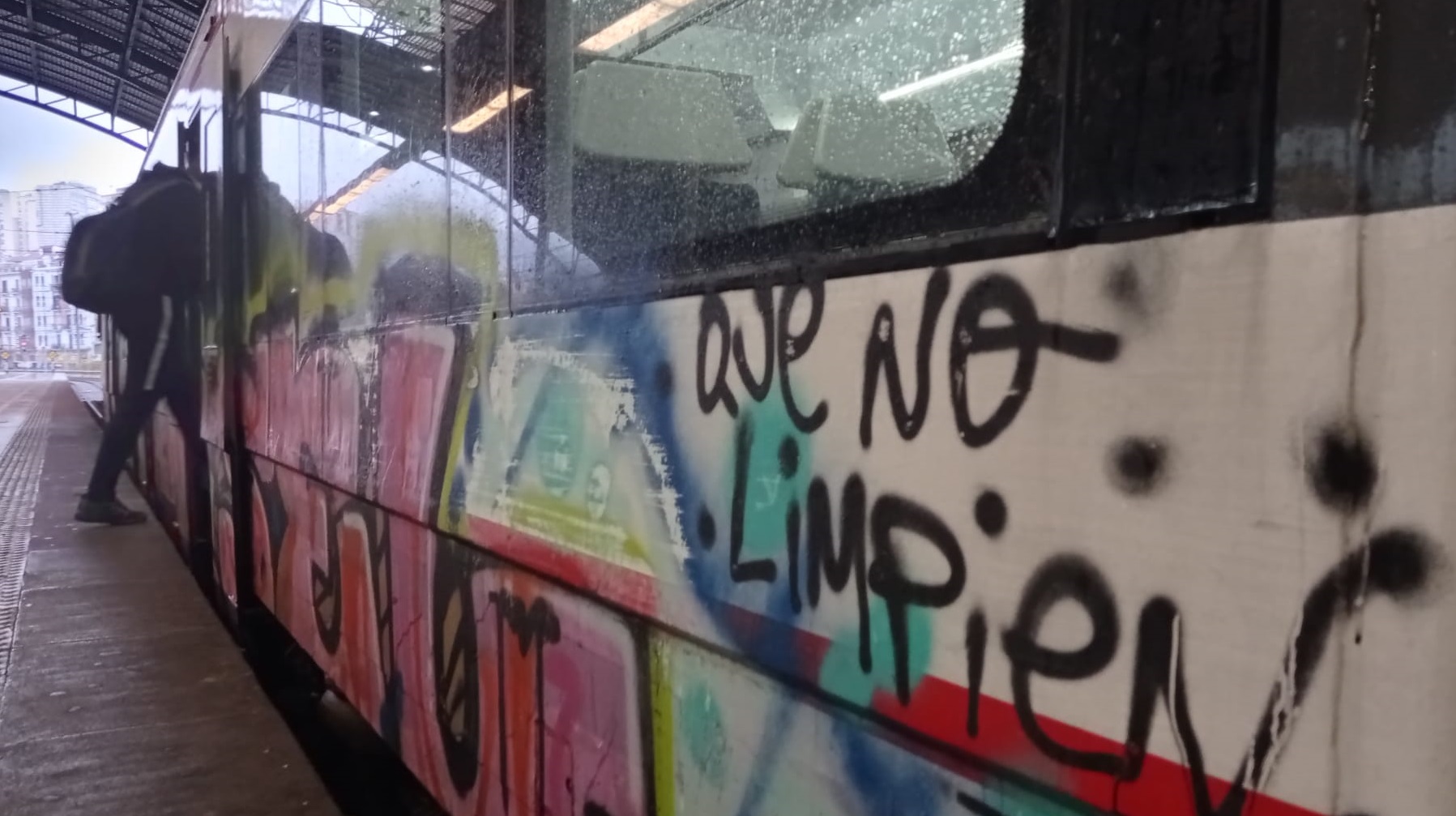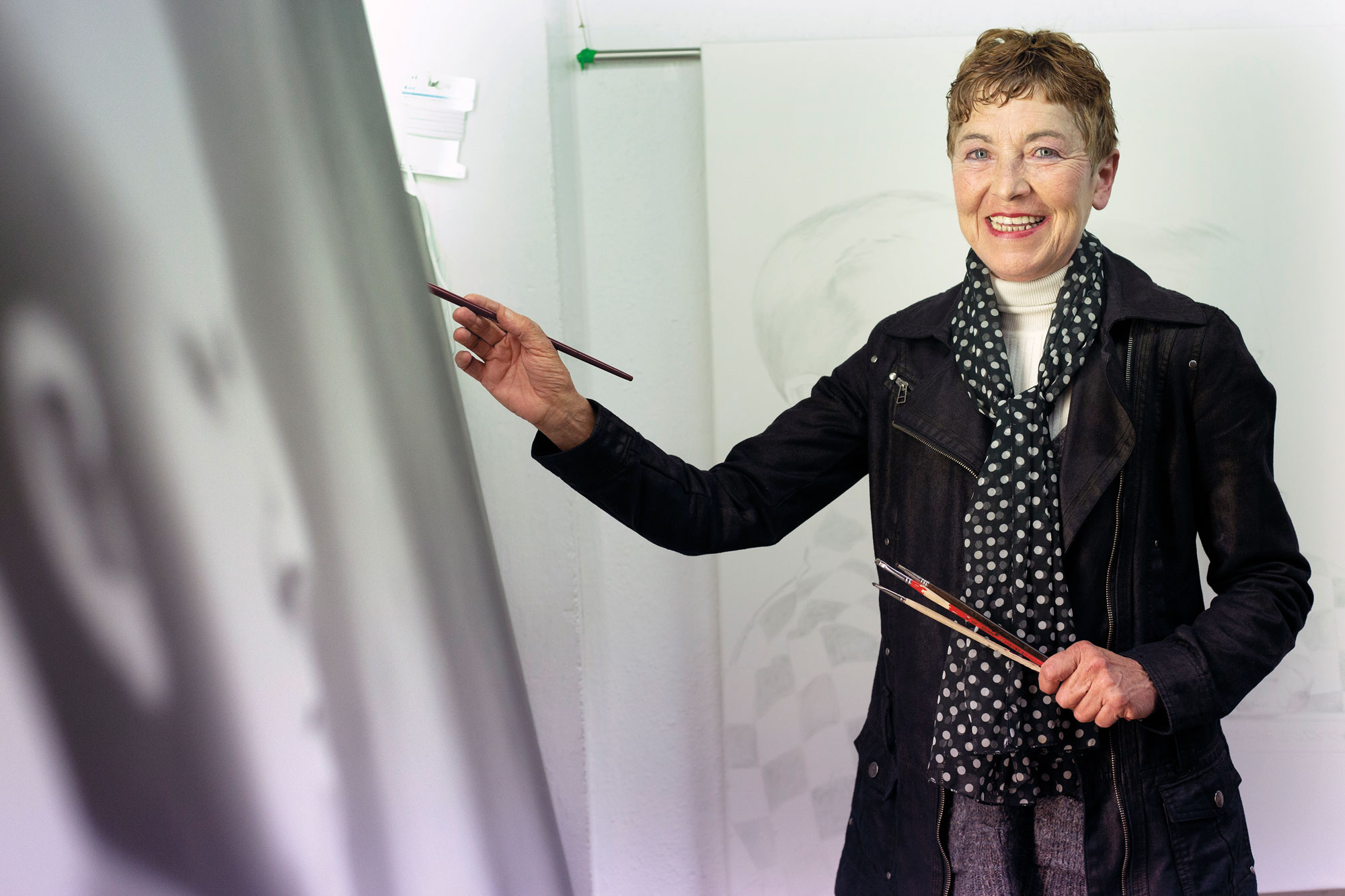Live File
- The apartment is located on Riverside Street in New York, on the last floor of a giant red brick building. A warm sun penetrates through the windows of the house and gently illuminates the different corners of the apartment. Looking outward, you find the water reservoir of the parallel building, next to the Hudson River, further away from Central Park, and in a third plane, the skyscrapers of Manhattan cut the sky in half. Moyra Davey, with her earphones in her ears and her recorder in her hand, looks wrapped up in her monologue. This described scenario could be any scene from your movies.
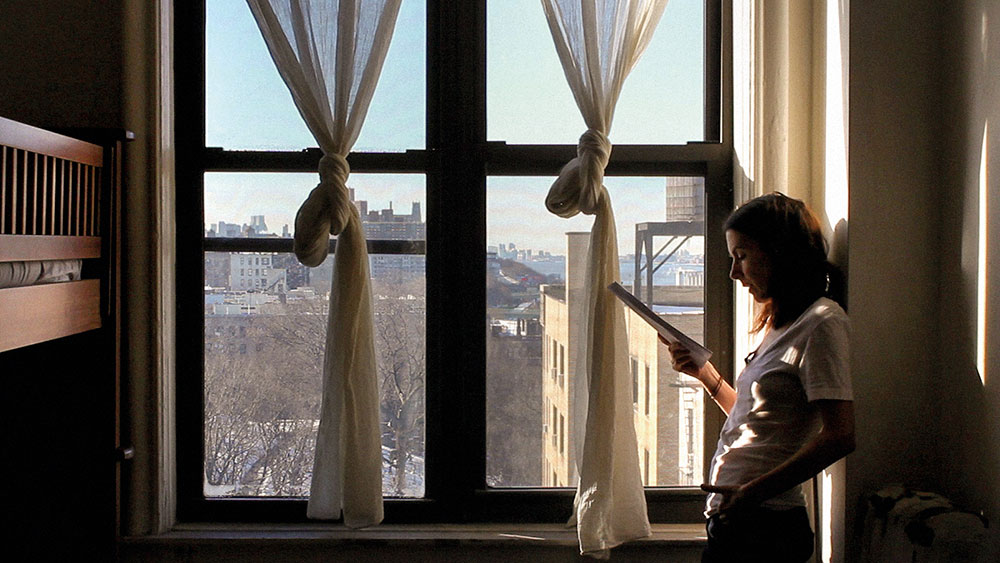
Moyra Davey (1958) is a photographer, writer and filmmaker. The Artium Museum devotes an individual exhibition to the Canadian artist, a project of style, but significant, that gathers works from the mid-1980s to the present day. The opening of the sample had to be delayed from June to October due to the health crisis and this is the first time that Davey’s works have been presented in a European public museum. In 2017 he presented the visual essay Walking with Nandita (walking with Nandita) in the documentation of Kassel and his works are part of the collections MoMA and Tate London, among others. However, it has been worth waiting to immerse itself in Davey’s universe because it has made it harder and more appetizing.
The approach of the exhibition is simple: a beautiful series of black and white printed photographs at first, a set of photo postcards splashing the room everywhere, and six audiovisuals led by Davey form the core of the project. But all of them are intimately linked to each other. Black dog Rosie, Moyra's son and friends, or the young sister of the full-look artist from the 1980s, are presented to us in the following films: sometimes in similar pictures and sometimes in flesh and bone. At the same time, upon entering the exhibition, we will observe Moyra’s voice floating in the air, and that presence will accompany us throughout the visit.
I've always been drawn to postal art, the artistic movement that seeks to send small-scale jobs through the mail service. Moyra also starts this action by collecting and folding the photographs that make up a series until the photograph takes the form of a letter. Enter the recipient's name, paste the corresponding stamps and mail them, usually to their collaborators and relatives. After a while, he collects the photographs and presents them as art pieces, the pleas, wrinkles and the back and veins of the kilometers are noticed on paper. Throughout the exhibition we will find different groups of photographs, some of them made with film frames such as the Notes on Blue Mailer series, a selection of postal photographs sent to 20 Artium workers and collaborators.
Moyra Davey creates it from his biography and his intimacy. Despite what you can intuit in the photos, in his films Davey's universe opens completely. His apartment is the location of the audiovisuals he does, and the passage from one film to another makes the space more and more known: the bed next to the window, sometimes unmade; the toilet with white tiles; the small kitchen and the refrigerator covered with drawings and notes; the portraits of his young sisters glued on the wall with blue ribbons; the pile of books with a powerful layer of dust, the cables opened by hand. The house has become a studio.
As a peripatetic philosopher, Moyra moves from one bedroom to another, with the recorder in her hand and absorbed into her monologue, without stopping. In the off self-reflective voice, it has a constant verbal fluency, usually with certainty, from time to time with uncertainty. We must pay so much attention to the subtle but symbolic actions it performs: it is naked in front of the camera and lying on the side of the bed with the handwritten leaves around, as Chantan Akerman did in Je Tu Il Elle (Ni Zu Bera Bera) (1975). In the same bed you will eat the food that they have brought you in the form of compulsively take away, with the same impetus that Akerman was eating tablespoons of sugar. References to the Belgian filmmaker at Hemlock Forest (Hemlock Basoa) (2016) by Davey are consistent, as when he introduces scenes from the News from Home metro (Home News). The philosopher Mary Wollstonecraft will mix fragments and reflections written by Virginia Wolf, Margerite Duro or Susan Sontag with other facts of her life in films that we could describe as a feminist video-essay. There are, therefore, many words of other authors who find their place in the works of the artist and hide in their living file. The film, along with Les Goddesses (Jainkosak) (2011) and Wedding Loop (2017), produces a triptych that is projected at the San Sebastian Festival.
Notes on Blue (2015) focuses on blindness and part of the documentary Blue (1993) by the English artist Derek Jarman. The film was made while Jarman was blind, with a blue fixed image of klein tone for 79 minutes. Moyra also lived on her skin an episode of blindness, and taking into account Jarman's film and the testimonies and writings of José Luis Borges or Sylvia Plath, she created this intimate film full of car references.
This is an exhibition that needs to be visited more than once, as it takes time to see all the audio-visual. As if we were going to film, every time we approach a film – I confess (2019), for example, his last work – and if we see him with all our attention, I am convinced that we will leave the museum agitated and stimulated. It is a real pleasure to be able to see these kinds of proposals in our hands.
Last week, during the blackout, seeing ourselves vulnerable, we began to investigate many people in order to understand what happened: how does the infrastructure that transports electricity work? Why is it getting old? I am fascinated by the physical phenomenon of electricity... [+]
Eskultura grekoerromatarrek bere garaian zuten itxurak ez du zerikusirik gaurkoarekin. Erabilitako materiala ez zuten bistan uzten. Orain badakigu kolore biziz margotzen zituztela eta jantziak eta apaingarriak ere eransten zizkietela. Bada, Cecilie Brøns Harvard... [+]
Behin batean, gazterik, gidoi nagusia betetzea egokitu zitzaion. Elbira Zipitriaren ikasle izanak, ikastolen mugimendu berriarekin bat egin zuen. Irakasle izan zen artisau baino lehen. Gero, eskulturgile. Egun, musika jotzen du, bere gogoz eta bere buruarentzat. Eta beti, eta 35... [+]
This text comes two years later, but the calamities of drunks are like this. A surprising surprise happened in San Fermín Txikito: I met Maite Ciganda Azcarate, an art restorer and friend of a friend. That night he told me that he had been arranging two figures that could be... [+]
On Monday afternoon, I had already planned two documentaries carried out in the Basque Country. I am not particularly fond of documentaries, but Zinemaldia is often a good opportunity to set aside habits and traditions. I decided on the Pello Gutierrez Peñalba Replica a week... [+]









